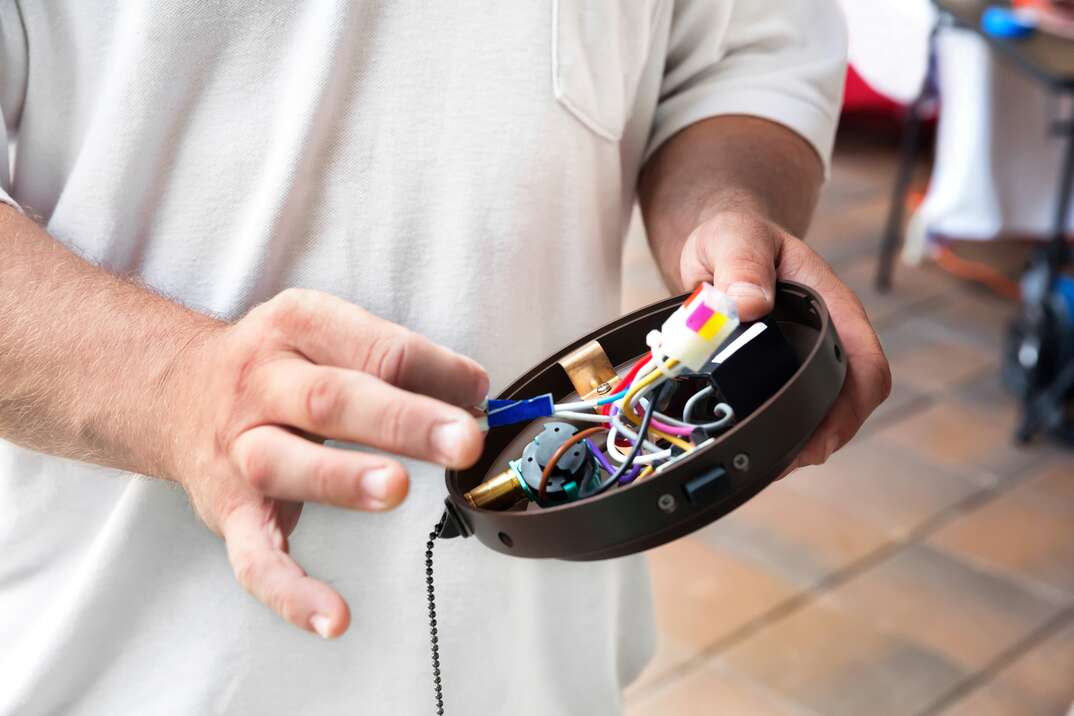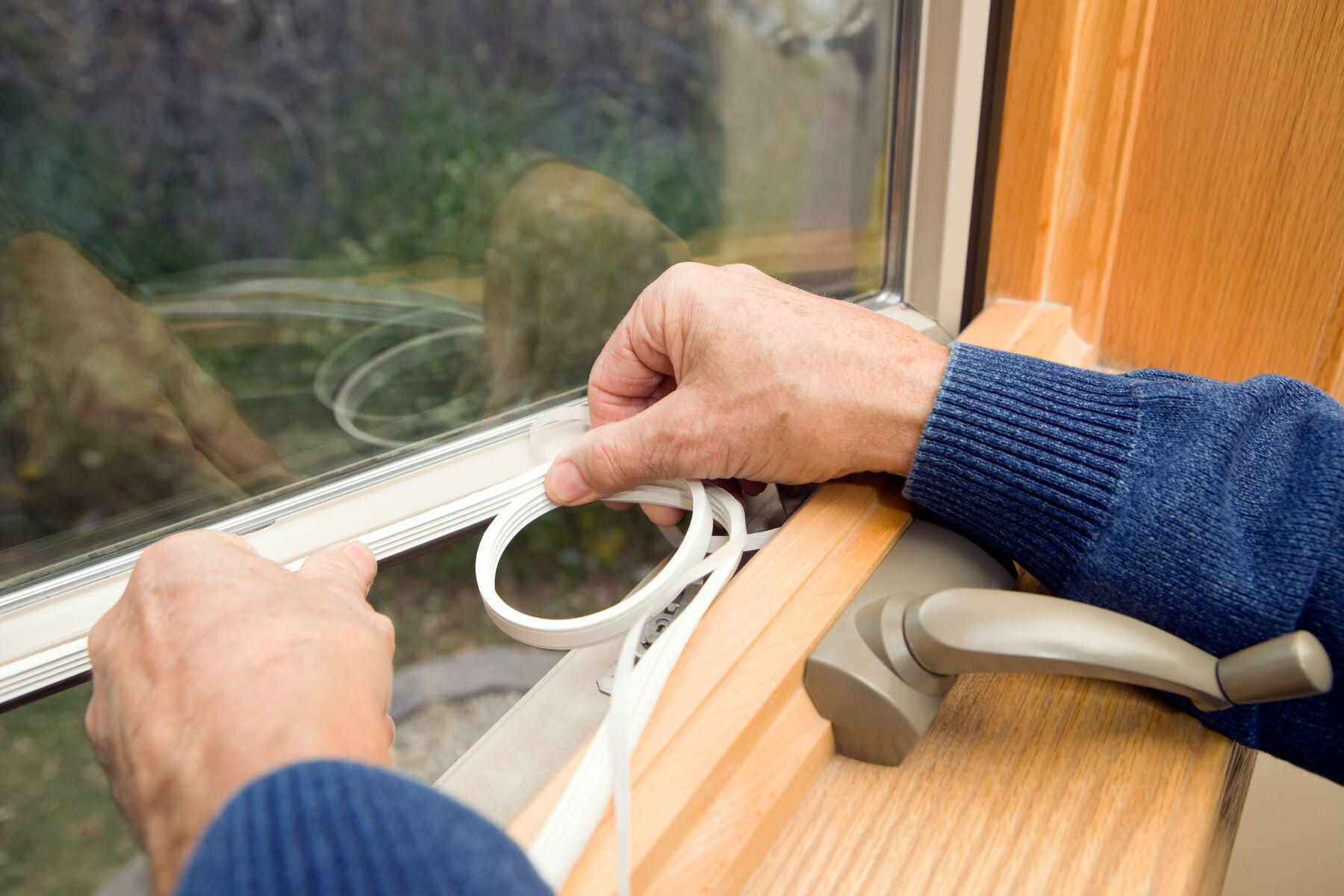What Do I Do If There's Mold in My HVAC System?

If you’ve ever felt a sudden sneeze, cough or itch when you turn on your HVAC or something musty is coming from your vents, you may have mold in your heating and ventilation system.
This May Also Interest You: HVAC System Stop Working? Try These Troubleshooting Tips Before You Call for Service
Mold in an AC unit isn’t just unsightly and smelly; it can harm your health and your property. That’s why you should get rid of it as soon as you can by either doing it yourself or calling in a professional.
What Are the Signs There’s Mold in Your HVAC System?
Mold is a fungus that grows in moist and dark environments. It can cause various health problems, such as allergies, asthma, respiratory infections and skin rashes. It can also damage your property and reduce its value. Mold in an air conditioner can circulate contaminated air throughout your home, spreading spores into every room.
Several signs indicate the presence of mold in your HVAC system. Let’s look at the most common ones.
Musty or Moldy Smell
If you notice a foul or unpleasant odor coming from your vents, registers or air ducts, it could be a sign of mold in the vents. The smell may be stronger when you turn on your HVAC system or change the settings, so pay particular attention at these times.
Visible Mold Growth
Black, green or white spots or patches are common signs of mold. You might find them on your vents, registers, air ducts, coils, drip pans or filters. Although some of these components are easily accessible, you’ll probably need a flashlight to inspect the inside of your air ducts.
Increased Humidity
Mold loves moisture, so if your indoor humidity level is too high, it could create the right conditions for the fungus to grow. Use a hygrometer to measure the relative humidity in your home, which should be between 30% and 50%. Hygrometers can be found online or in hardware stores for only a few dollars.
Health Symptoms
If you or anyone in your household experiences the following symptoms — particularly if you’re near your HVAC system or in certain rooms — it could be due to mold exposure:
- Sneezing, coughing or wheezing
- Sore throat or nasal congestion
- Eye irritation or skin rashes
More Related Articles:
- What’s an Air Handler?
- Gimme a Tax Break: 5 Things to Know to Get the Latest HVAC Tax Credits and Rebates
- How Much Does HVAC Repair and Maintenance Cost?
- Replacing Your HVAC Filter Is a Breeze! Follow These 7 Steps...
- Is an HVAC Tune-Up Worth the Price? (Yes, Yes It Is)
What Are Some Ways to Remove Mold From Your HVAC System?
Different methods to remove mold in your AC unit include:
Replace Your Air Filters
Air filters trap dust, pollen and other airborne particles, but they’re prone to harboring mold spores when the conditions are right. Therefore, it's necessary to replace your air filters regularly, at least every three months, or more often if you have pets, allergies or a large household. Choose high-efficiency particulate air filters, as these can capture 99.97% of particles as small as 0.3 microns, including mold spores.
Clean Your Vents and Registers
Vents and registers are the openings that allow air to flow in and out of your rooms. However, they can also collect dust, dirt and mold spores over time. Clean them regularly with a vacuum cleaner and a damp cloth. Additionally, you should disinfect them, using a mild detergent or a vinegar solution, and make sure to dry them thoroughly after cleaning.
Vacuum Your Coils and Drip Pans
Coils and drip pans are the parts of your HVAC system that cool and dehumidify the air. They can accumulate moisture, dirt and mold spores if left unattended. Regularly clean them with a brush and a vacuum cleaner. You should also use a commercial coil cleaner or a bleach solution to disinfect them. Rinse them well and dry them thoroughly after cleaning, or mold could return more quickly than you might expect.
Clean Your Air Ducts
Air ducts are the tubes that carry the air from your HVAC system to your rooms, but they can also become homes for dust, debris and mold spores if they’re not cleaned regularly. Use a vacuum cleaner and a brush to scoop up the debris, then disinfect the ducts with a commercial duct cleaner or a bleach solution. Make sure to seal any leaks or gaps in your air ducts to prevent moisture and mold infiltration.
Do You Need to Call a Professional?
While you can perform some mold removal tasks yourself, you may need to call a professional if:
- The mold growth is extensive, covering more than 10 square feet (0.93 square meters) of the HVAC system or your home.
- Mold is inside your HVAC system, where you can't access or clean it properly.
- Water damage, such as a leak, flood or condensation, is the cause of mold growth.
- You have a chronic health condition, such as asthma, chronic obstructive pulmonary disease or a weakened immune system, that makes you more susceptible to mold exposure.
- You’re not sure how to remove the mold safely and effectively.


